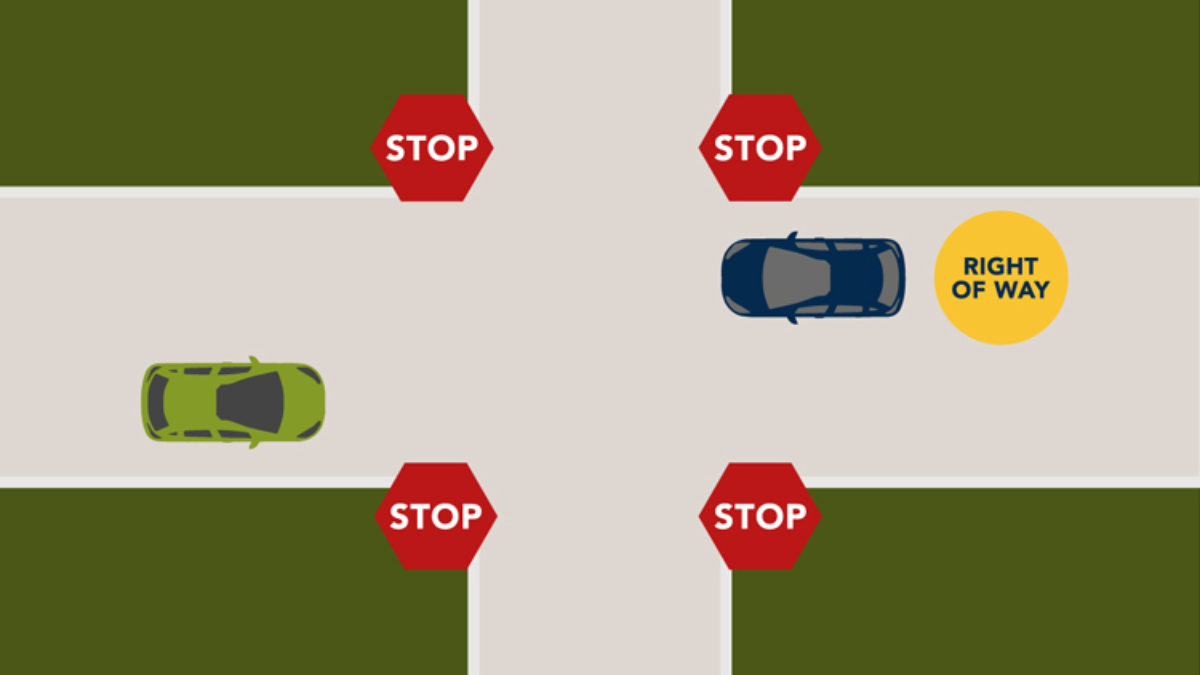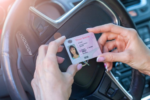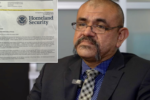Driving in Portland, Oregon, requires a solid understanding of right of way rules to navigate the city’s bustling streets safely and efficiently. Whether you’re a motorist, cyclist, or pedestrian, knowing when to yield and when you have the right of way can prevent accidents and reduce confusion. Portland’s transportation network includes everything from standard intersections to roundabouts and crosswalks, all governed by specific traffic laws.
Uncontrolled Intersections
At intersections without stop signs or traffic lights, the general rule in Portland is that the vehicle on the left must yield to the vehicle on the right. For example, if two drivers arrive at an intersection simultaneously, the driver on the right has the right of way. However, always proceed with caution, as not all drivers may follow this rule.
Four-Way Stops
Four-way stops are common in residential neighborhoods throughout Portland. The first vehicle to come to a complete stop has the right of way. If two or more vehicles arrive at the same time, the vehicle to the right should proceed first. Drivers should also use turn signals to indicate their intentions, which helps avoid confusion and ensures a smoother flow of traffic.
Pedestrian Right of Way
Portland prioritizes pedestrian safety, and the law mandates that drivers yield to pedestrians at marked and unmarked crosswalks. Pedestrians always have the right of way when crossing with a walk signal or at intersections without traffic signals. Drivers should remain vigilant, especially near schools, parks, and high-foot-traffic areas, to ensure the safety of all road users.
Roundabouts
Roundabouts are increasingly popular in Portland due to their ability to improve traffic flow and reduce collisions. Vehicles already in the roundabout have the right of way, and entering drivers must yield until there is a safe gap. Signaling when exiting a roundabout is also essential to communicate your intentions to other drivers.
Emergency Vehicles
Emergency vehicles with activated sirens and lights always have the right of way in Portland. Drivers are required to pull over to the right side of the road and stop until the emergency vehicle passes. Failure to yield can delay critical emergency responses and result in significant fines.
Bicyclists and Bike Lanes
Portland’s robust cycling community means drivers must pay special attention to bike lanes. Bicyclists have the same rights and responsibilities as motor vehicles on the road. Drivers should always yield to cyclists when turning or merging into traffic and avoid blocking bike lanes. Additionally, cyclists are required to obey traffic signals and signs.
School Zones and Buses
School zones in Portland have reduced speed limits, typically marked with flashing lights or signs. Drivers must yield to children crossing the street and stop for school buses when their stop arms are extended, regardless of the direction of travel on undivided roads. These laws are strictly enforced to ensure the safety of students.
Merging and Highways
When merging onto a highway, Portland drivers must yield to vehicles already traveling on the road. Acceleration lanes are designed to help drivers match the speed of traffic before merging. On multi-lane roads, slower vehicles should stay in the right lane, allowing faster traffic to pass on the left. Adhering to these rules promotes smooth traffic flow and minimizes risks.
Common Mistakes and Safety Tips
Understanding right of way rules is only one part of safe driving. Common mistakes include failing to yield at intersections, ignoring pedestrians, and improper merging. To avoid these errors, drivers should:
- Stay alert and avoid distractions such as texting or eating while driving.
- Make eye contact with other road users to confirm intentions.
- Use turn signals and follow posted traffic signs.
- Practice defensive driving by anticipating the actions of others.
Legal Consequences of Failing to Yield
Failing to yield the right of way can result in severe consequences, including traffic citations, fines, and increased insurance rates. In Portland, more serious offenses could lead to accidents causing injuries or fatalities, resulting in civil or criminal charges. To avoid these outcomes, all road users are encouraged to prioritize safety and adhere to traffic laws.
Conclusion
Right of way rules are essential for maintaining order and safety on Portland’s roads. Whether you’re navigating a four-way stop, entering a roundabout, or yielding to pedestrians, understanding these rules helps reduce accidents and ensures a smoother traffic flow. By respecting the laws and practicing safe habits, Portland drivers, cyclists, and pedestrians can share the road harmoniously.
For more information about Portland’s traffic laws, visit the Oregon Department of Transportation or consult the Oregon Driver’s Manual.
Disclaimer – Our team has carefully fact-checked this article to make sure it’s accurate and free from any misinformation. We’re dedicated to keeping our content honest and reliable for our readers.








